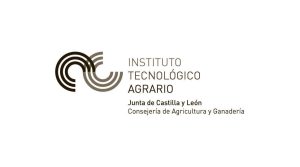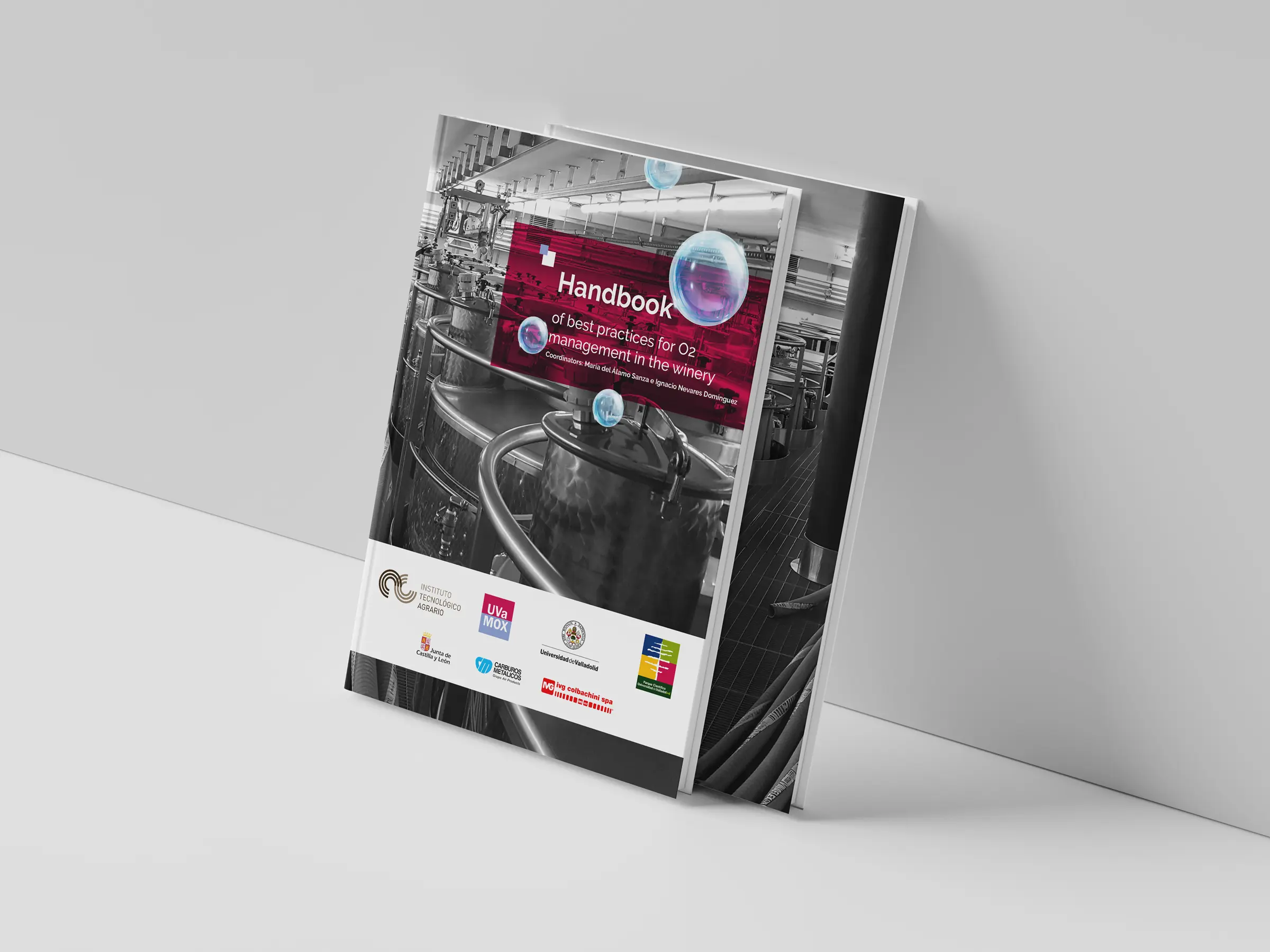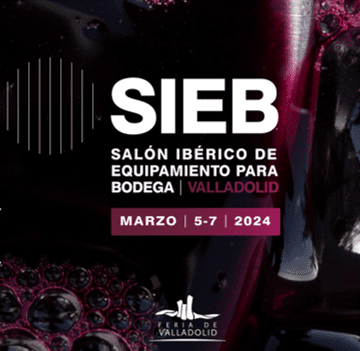Characterization and Control of Hidden Micro-Oxygenation in the Winery: Wine Racking
by
Ignacio Nevares, Ainara Fernández-Díaz and Maria del Alamo-Sanza
Abstract Transferring wine is a common operation in most of the wineries in the world that depends mainly on the equipment and materials used. These contributions are widely unknown, and their knowledge is of vital importance to controlling the winemaking process. This work presents the results of characterizing the oxygen supply due to the use of hoses of different materials (Butyl Rubber, IIR; Nitrile Butadiene Rubber, NBR; Ethylene Propylene Diene Monomer rubber, EPDM; Ultra-high-molecular-weight polyethylene, UHMW; Natural Rubber, NR), dimensions (DN32; DN50), connectors (DIN 11851, Tri-CLAMP) with gaskets of different materials (NBR; EPDM; Fluorocarbon, FKM/FPM; silicone rubber, Q/VMQ; Polytetrafluoroethylene, PTFE). In addition, the use of different inert gases (N2, CO2, Ar, N2 + CO2 and Ar + CO2) for air purging of hoses and tanks, as well as for ullage blanketing during tank-to-tank racking, and their economic impact were studied. The results indicated that the IIR hoses had the least amount of O2 added to the liquid and that the Tri-clamp connectors were generally more airtight, with the FKM seals standing out. The most recommended inert gas was CO2 when the type of wine allows it, N2 being the most recommended in any case. When all these recommendations were used together the addition of O2 during tank-to-tank racking was drastically reduced.
Many thanks to:








